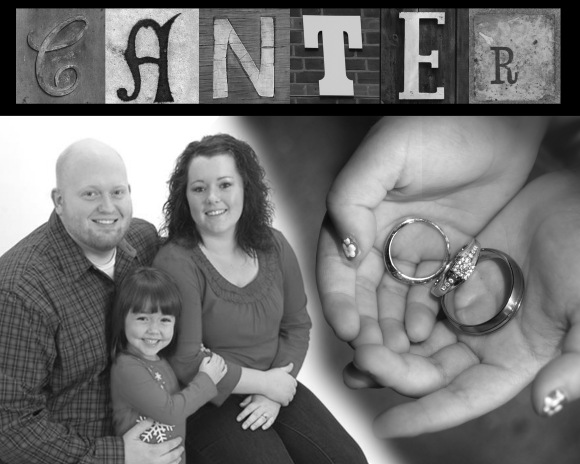Ok, so you’ve built your raised bed. Now what? It’s important to make sure that you place your bed in a sunny level spot, with a few feet of space around each side so that you can easily plant and harvest your crops.
I purchased a roll of weed barrier and cut two strips to fit the length of each bed. The weed barrier was placed on the interior of the box; one strip was not wide enough for my boxes so I slightly overlapped the two strips in the middle. I lifted the wood and tucked it under the edges pulling it out a few inches on all sides. Weed barrier is not mandatory, but it will decrease the likelihood of having to weed your garden throughout the growing season.
Because I have started with two new beds, the small amount of compost I have been able to make myself isn’t enough to fill both beds so I purchased a load of soil from a local supplier. It is a mix of soil and composted yard waste. Types of soils that are acceptable for raised beds are: top soil, potting soil, compost, or a mix of any of those. You do not want a compact or dense soil, so it is best to use a soil that has a mix of compost, vermiculite, or sand in it. Any of those will help to improve drainage.
I filled my beds full within about two inches from the top of the board. I sprinkled in a pellet fertilizer when about half of the soil was in, raked the fertilizer in, and then sprinkled more on top and raked again. That’s just how I like to do it; it isn’t a proven method or anything…
If you’re trying to go an all organic route, there are many types of organic fertilizers on the market. When I worked in organic greenhouses, we had aquaculture projects that gave us the availability of fish emulsion which we added to our watering process every few weeks, unfortunately I don’t currently have that available. So the fertilizer I use now is just your standard non organic Miracle Gro continuous release 3 month pellet. I encourage you to shop around and see what you like best. Composted manure or mushroom compost are both good options as well. However, you would never want to use fresh manure because the nitrogen content in fresh manure is too high and your plants would burn.
So now that I have my soil fertilized and in place I marked my beds so that I can keep my growing areas organized. I use a 12 inch square as my planting guide. My raised bed is four feet wide by eight feet long. The four foot board is the interior board so it is a true 48 inches long. The eight foot board is the exterior board so the length of actual interior space is 94 inches long, not 96 inches.
I measured a piece of twine long enough to staple it on the top of each end of the board, for each length and then just used that piece as a template to cut the rest of the string. I needed three long pieces and seven short pieces to make 32 squares.
Take a staple gun and staple a piece of twine on each 12 inch mark on the four foot board, going across to the matching 12 inch mark and staple on the opposite board. When measuring to mark the eight foot board I started at 11 inches instead of 12, and then went up 12 inches for each string after. This will make your first block and your last block both 11 inch blocks.
If you’re gardening in a larger area plants are traditionally placed more than 12 inches apart but in a raised bed, plants are generally placed a little closer.
Next time we will discuss hardiness zones, planting cool weather crops, and how to plan the space layout for your plants.


